Many countries today take pride in possessing numerous ancient ruins that remind us of long-lost civilizations. Below are 10 Latin American countries that still bear the marks of unique ancient sites.
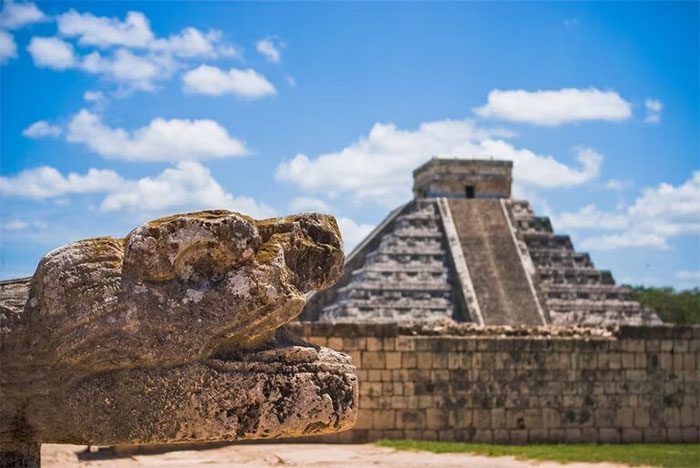
Mexico: This country is not only home to the ancient Aztec and Maya civilizations but also hosts various other cultures in central Mexico, such as those who built Teotihuacan – the city of the gods. Along the coast, remnants of the ancient Olmec civilization are preserved, and on the Yucatán Peninsula, the most impressive ancient city of the Maya, Chichen Itza, still stands. (Photo: Mary Watson/Bapt).
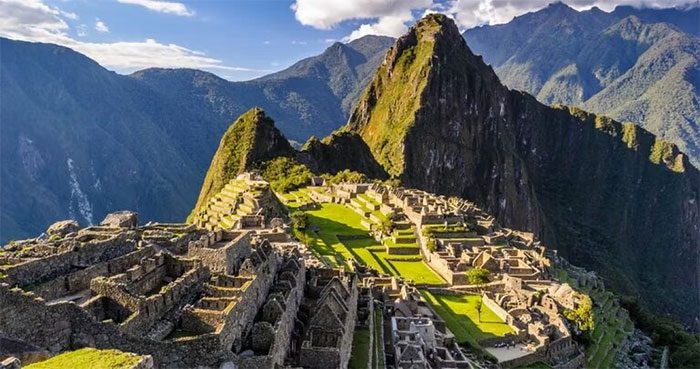
Peru: Known as the heart of the Inca Empire, Peru is famous for its impressive ruins, including Machu Picchu and Cusco. However, this country has even more ancient Inca ruins, primarily located in the Sacred Valley – the central region of the Inca people. Additionally, the remnants of the Chan Chan civilization are still visible in Peru. (Photo: Shutterstock).
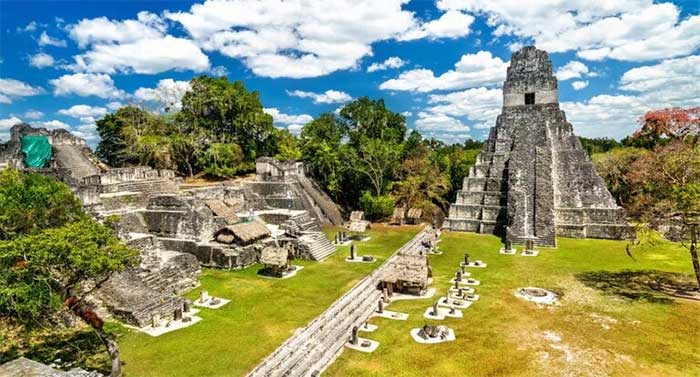
Guatemala: This is a place where visitors can explore impressive ruins of the ancient Maya, including the city of Tikal hidden in the jungle and the last city of the Maya civilization, Tayasal. The famous archaeological sites of the Maya on the Yucatán Peninsula are also significant historical destinations, such as the 45-meter tall pyramid in the ruins of the Maya city of Calakmul in Campeche. (Photo: Shutterstock).

Honduras: This country is not considered a safe and popular destination for tourists due to various social issues and violence. However, the land that is now Honduras was also part of the Maya world, featuring many interesting historical sites. The city of Copán, one of the largest Maya cities in the world, stands as a great example. (Photo: Shutterstock).
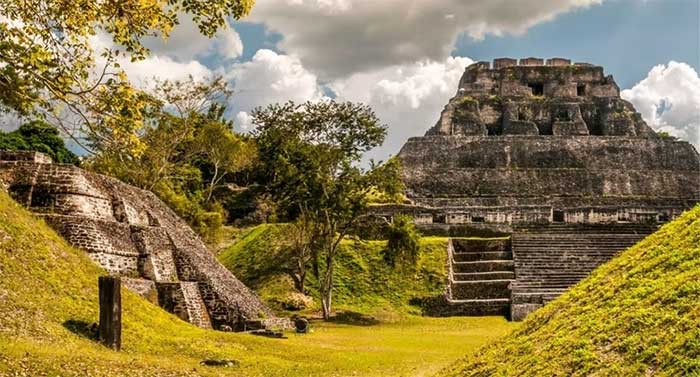
Belize: This is the only English-speaking country on this list. This small Central American nation still preserves many ancient Maya landmarks. However, tourism in this area is limited as ancient Maya cities remain hidden in the jungle, awaiting excavation. (Photo: Shutterstock).

Ecuador: The Inca Empire extended beyond the borders of modern-day Peru, thus the ruins of ancient Inca cities can be found to the north across the border in Ecuador. While many know of Inca heritage in Peru, they often forget that Ecuador also preserves Ingapirca, the largest archaeological site related to Inca ruins in the country, featuring the famous Temple of the Sun. (Photo: Shutterstock).
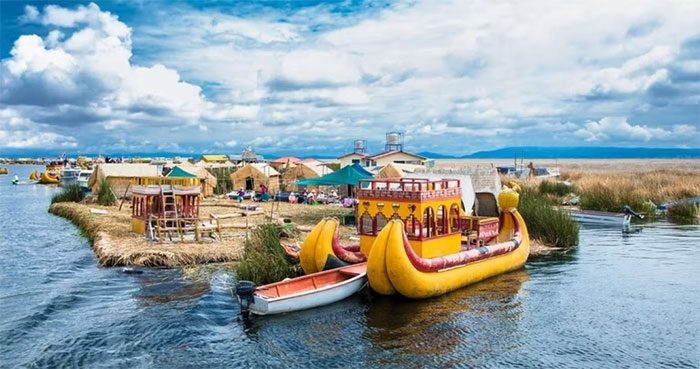
Bolivia: The border regions between Bolivia and Peru also bear the marks of ancient Inca and pre-Inca civilizations. In Bolivia, one of the attractions for history lovers is the Isla del Sol (Island of the Sun). Additionally, this island holds significant importance in Inca mythology. (Photo: Shutterstock).
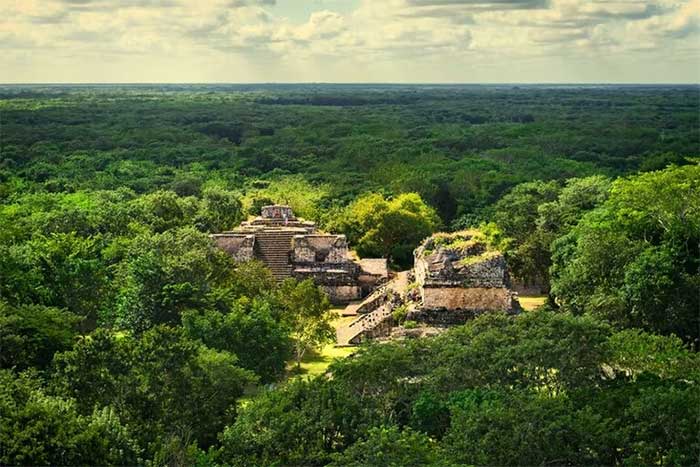
El Salvador: Dubbed the forgotten land of the Maya, El Salvador rarely sees tourists. This country still preserves impressive volcanoes, lush rainforests, and some southern regions of the Maya civilization. Notable Maya sites in El Salvador include Tazumal, Joya de Cerén, and Cihuatan. (Photo: Shutterstock).
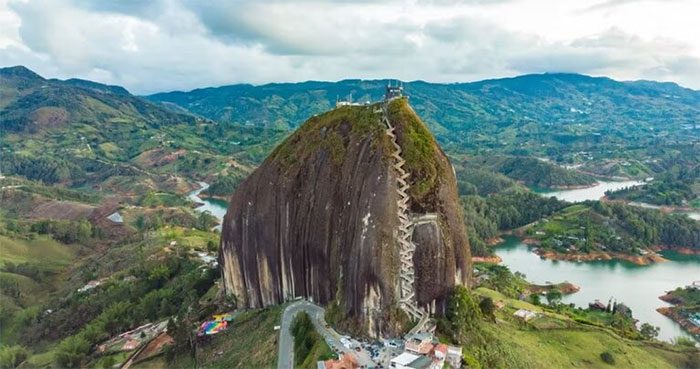
Colombia: This country still has some amazing archaeological sites related to Inca ruins, alongside pre-Columbian civilizations such as Muisca, Tairona, and Quimbaya. A prominent destination in this country is the San Agustín Archaeological Park, now regarded as the largest ancient cemetery in the world and recognized by UNESCO as a World Heritage Site since 1995. (Photo: Shutterstock).
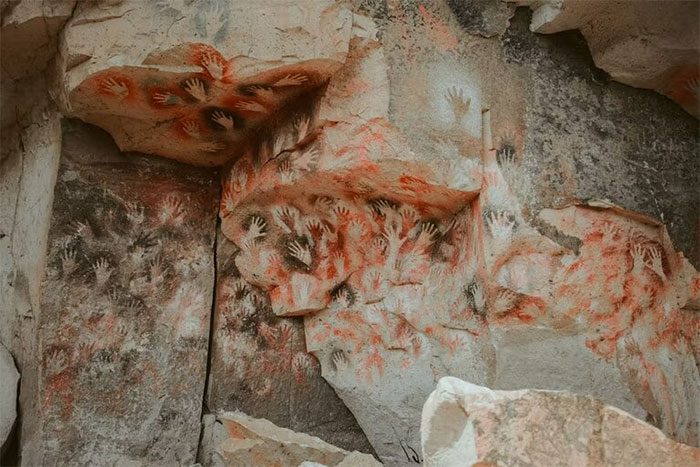
Argentina: In the second-largest country in Central America, one of the most famous ancient sites is the Cueva de las Manos, also known as the Cave of Hands. Here, visitors can admire hundreds of handprints on the rock walls, dating back to between 7300 BC and 700 AD. Cueva de las Manos is the oldest prehistoric cave in South America. (Photo: Shutterstock).


















































